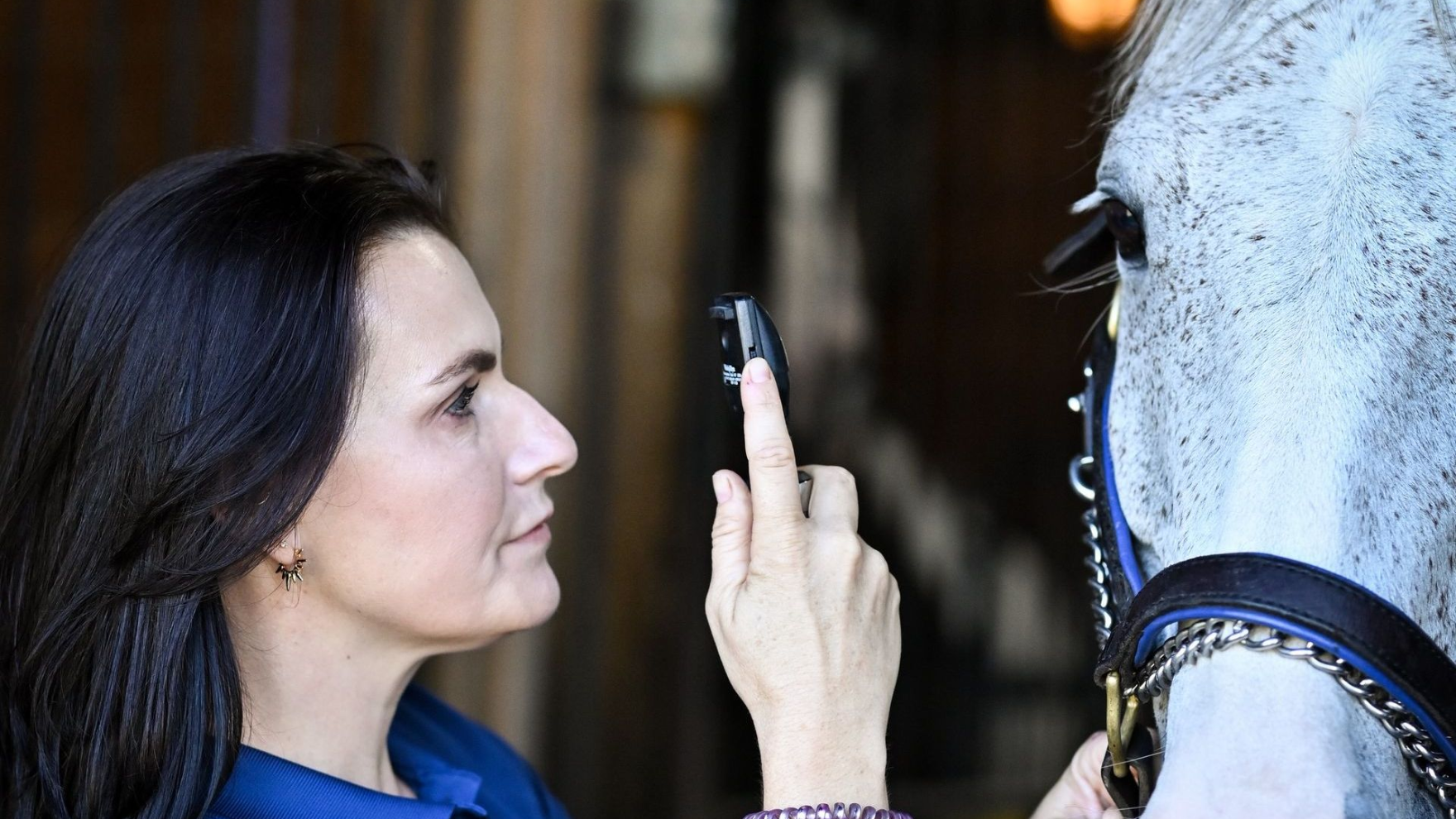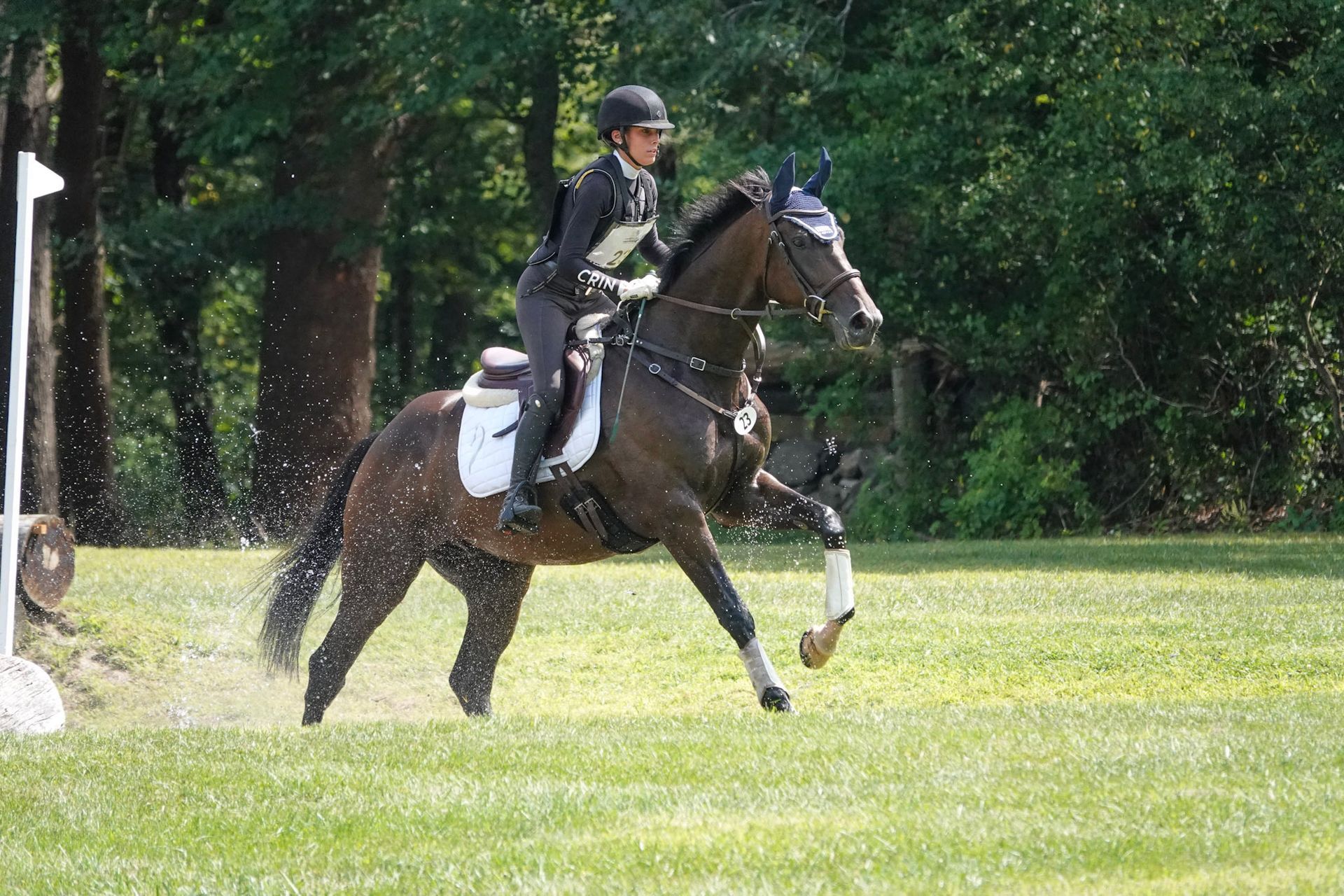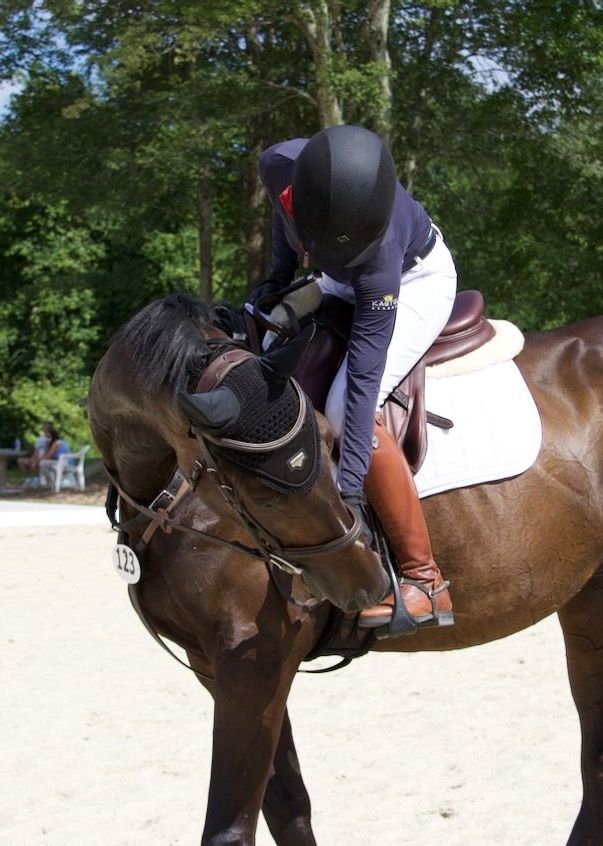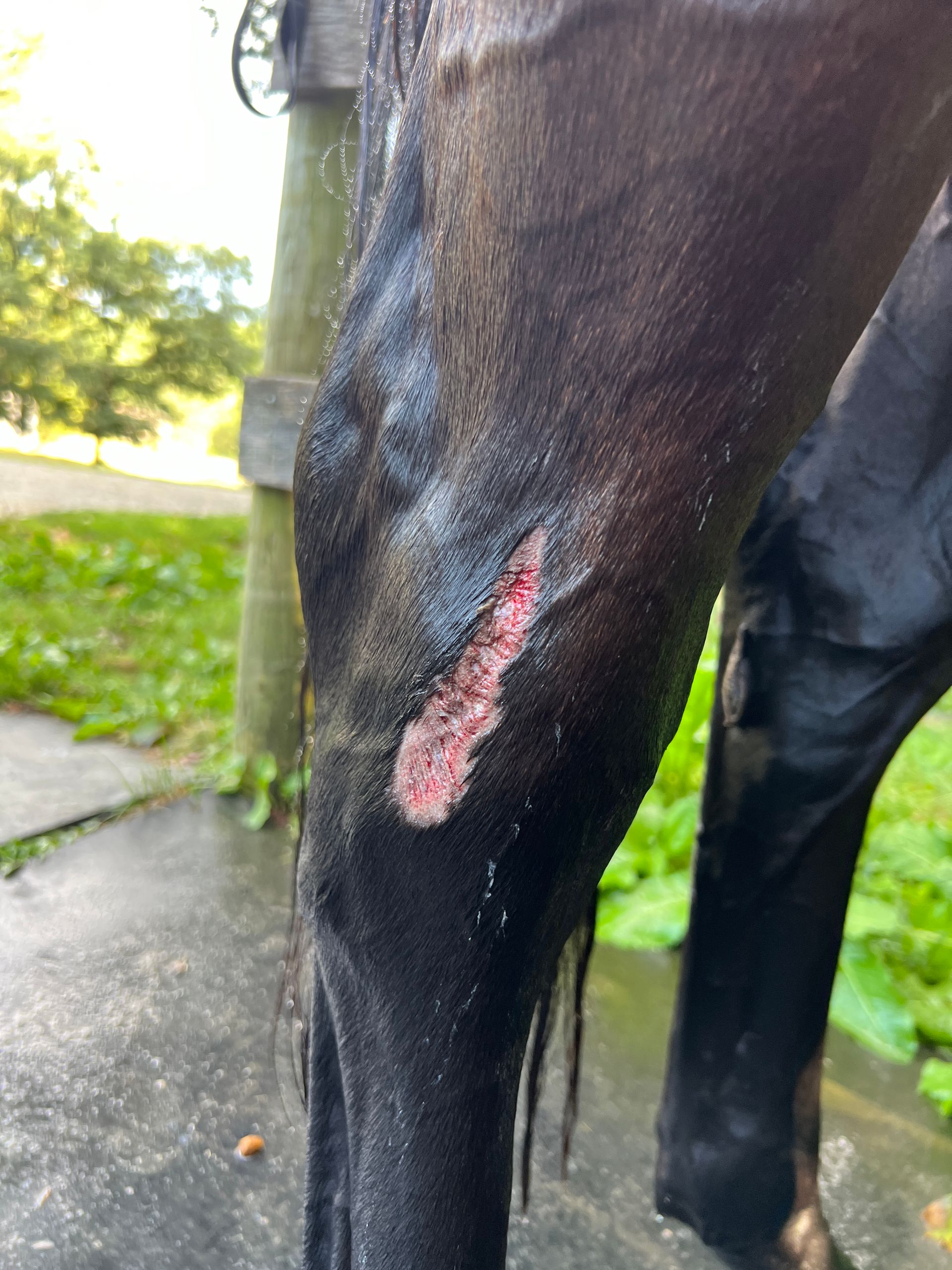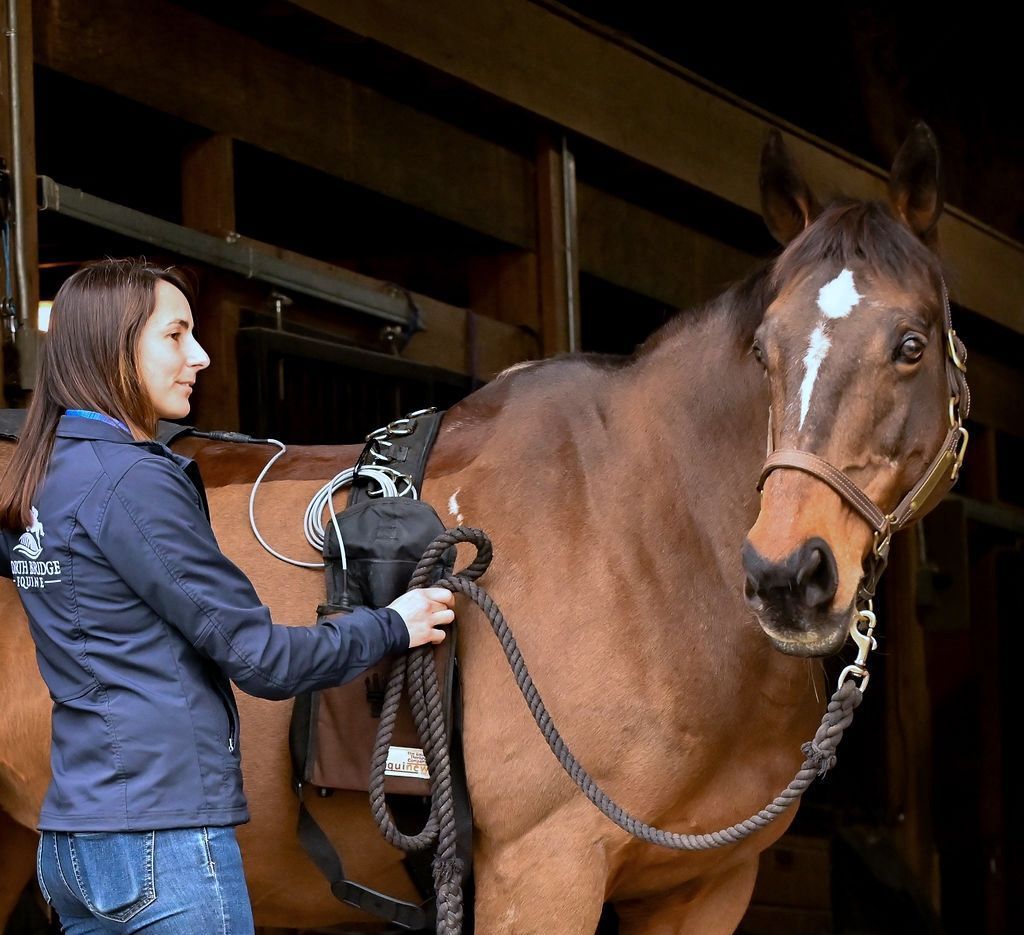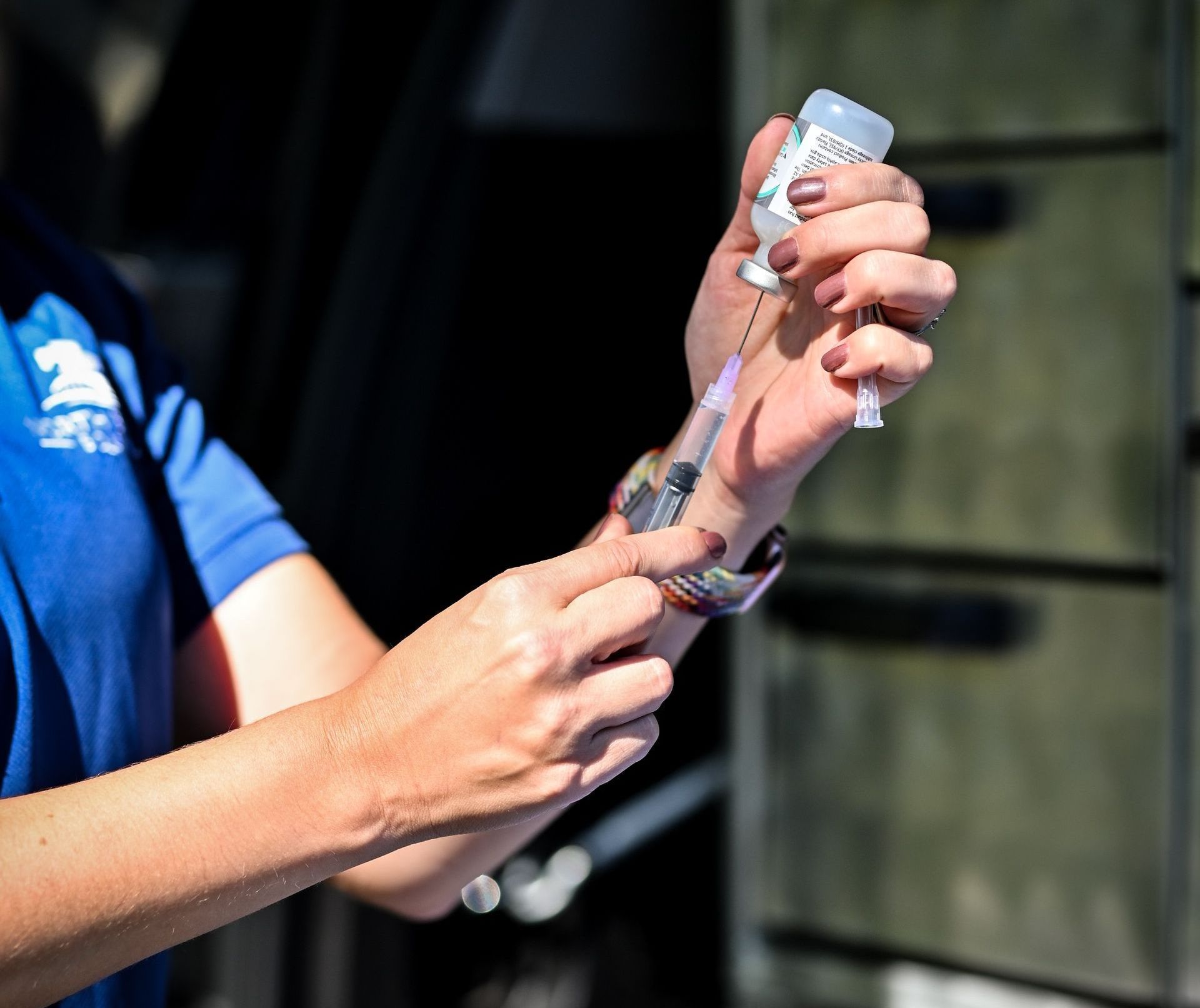Blog
Home
/ Blog
Mud Fever
Stephanie Shen, DVM • May 23, 2024
Learn the causes, treatments, and how to prevent.

Mud fever (also known as pastern dermatitis, scratches, dew poisoning, greasy heel, or cracked heels) is a common skin condition that affects a horse’s lower legs. It can be caused by irritation, bacteria, or fungal infection. Here’s what you need to know about mud fever:
Causes and Risk Factors:
- Bacteria: One of the most common causes is a bacteria called Dermatophilus congolensis, which lives naturally on the skin but can penetrate weakened skin.
- Wet Conditions: Mud fever is more prevalent during wet winter months when the ground is muddy and conditions weaken the skin.
- Other Factors: Photosensitivity, and chronic mange mites can exacerbate the condition.
Symptoms:
- Crusty scabs on the heels or lower legs.
- Broken or damaged skin.
- Matted hair or patches of hair loss with red, raw skin underneath.
- Discharge between the skin and scabs.
- Heat, pain, and swelling in the lower limb.
- In severe cases, lameness or cellulitis may occur.
Treatment:
- Clip the hair away from the affected area.
- Gently wash with an antibacterial or antifungal shampoo.
- Pat the area dry and apply a topical treatment (as directed by your vet).
- Keep the horse off wet pastures and in a clean, dry stall.
- Use zinc-oxide-based cream to soften scabs and create a moisture barrier.
Prevention:
- Keep footing dry in stalls and turnout areas.
- Use dry bedding.
- Avoid unnecessary washing of legs.
- Keep legs dry
- Maintain good hygiene
- Limit exposure to wet or muddy conditions.
Timely detection and effective management are crucial for treating and preventing mud fever in horses. If you suspect mud fever, consult your veterinarian for accurate diagnosis and tailored treatment.
Recent Posts
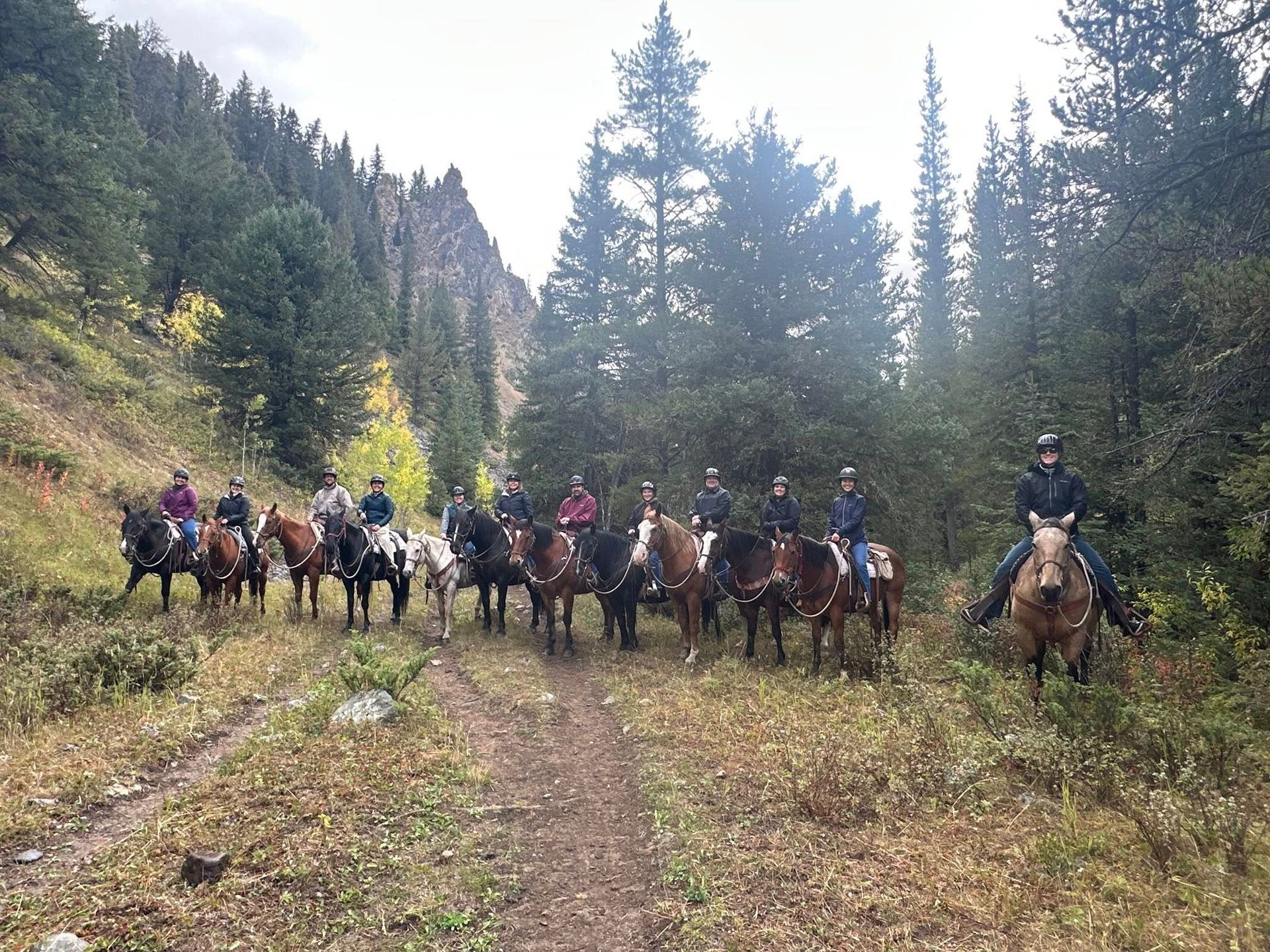
Caring for horses takes a team—and at the center of that team are equine veterinarians. But the reality is that many vets leave equine practice within their first 5–10 years. Long hours, emergency calls, and the stress of running a business can make it difficult for even the most passionate doctors to stay in the field. For horse owners, that means fewer veterinarians to call on, longer waits for appointments, and the risk of losing trusted relationships just when horses need care the most. Decade One was created to change that.
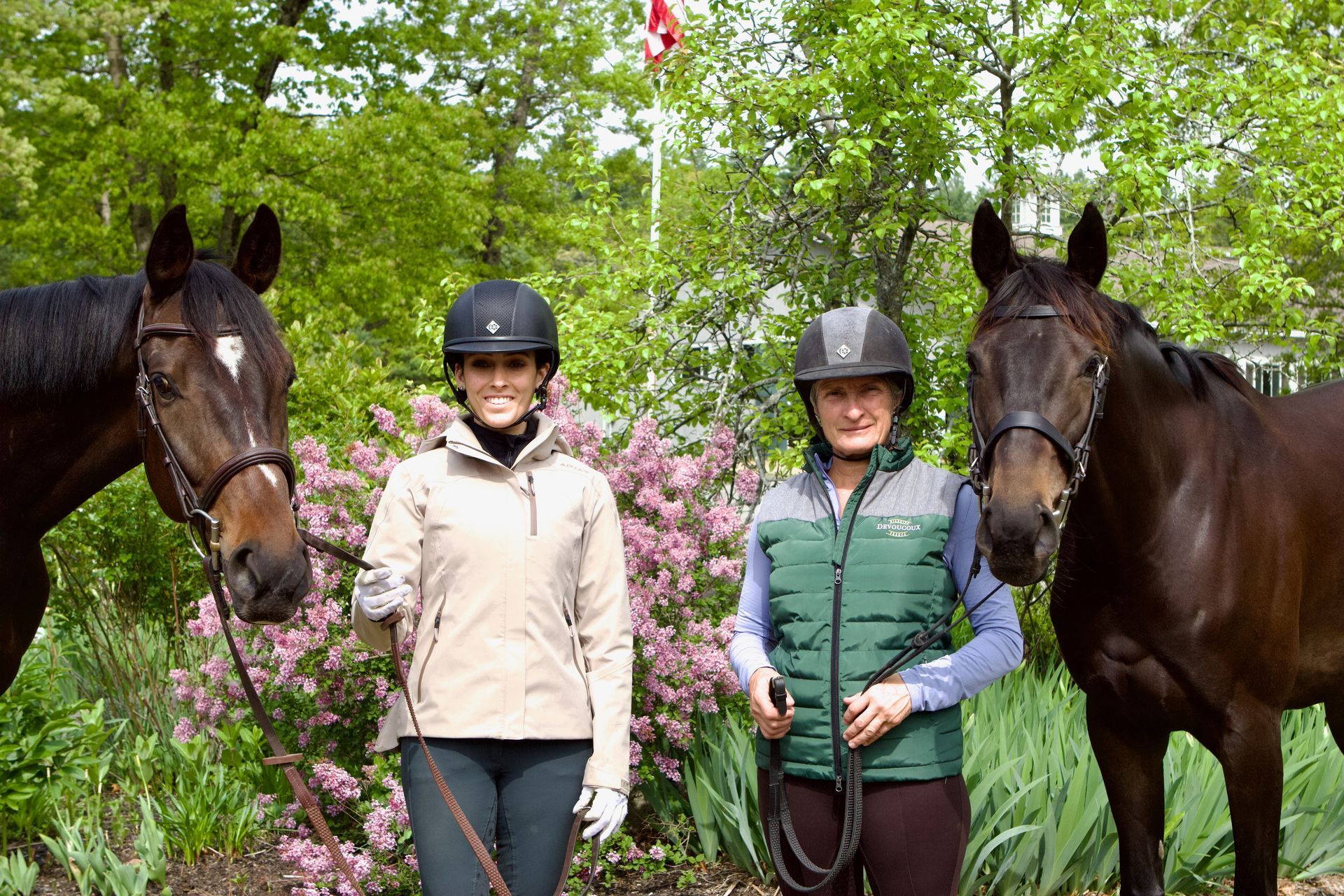
In the heart of Apple Knoll Farm, two dedicated horsewomen and long-time clients of NBEA, Adrienne Iorio and Julia Grella, are embarking on an extraordinary journey—one filled with transformation, determination, and the undeniable spirit of the Thoroughbred. Their partners in this challenge, Jasmine (Caribbean Night) and Gus (Magnetic Appeal), are no strangers to the competitive world. Once fierce contenders on the racetrack, these athletic Thoroughbreds are now stepping into a new chapter, where training meets trust, and a second career takes shape. Through the 2025 Retired Racehorse Project Thoroughbred Makeover, they will evolve into polished competitors, their talents shining brightly on the grand stage of Kentucky Horse Park this October. But this isn’t just about competition—it’s a celebration of possibility. The Thoroughbred Makeover, hosted by the Retired Racehorse Project (RRP), is the largest Thoroughbred retraining event in the world, proving time and time again that these horses are more than their race records. With disciplines ranging from dressage and show jumping to ranch work and eventing, the Makeover showcases their adaptability, heart, and limitless potential for success beyond the track. Meet the Stars of the Journey: Caribbean Night ("Jasmine") – A 2019 mare by Cross Traffic, Jasmine left her mark on the racing world with 28 starts, 3 wins, 7 seconds, and 4 thirds, earning $67,416 along the way. Magnetic Appeal ("Gus") – A 2021 gelding by Enticed, Gus showed promise with 12 starts, 2 wins, 1 second, and 1 third, securing $24,400 in earnings before finding his way to this exciting new challenge. As we cheer on Adrienne, Julia, Jasmine, and Gus, we celebrate not just their hard work, but the incredible journey of all off-track Thoroughbreds that make up a large percentage of the horses that we work with and support—their resilience, their versatility, and their boundless future beyond the track.



